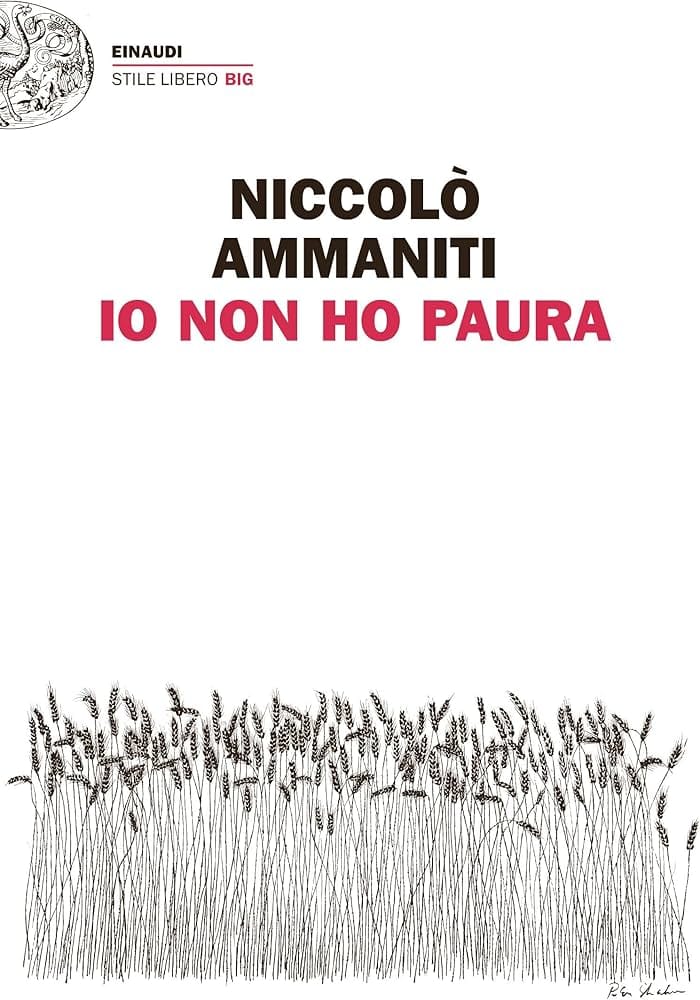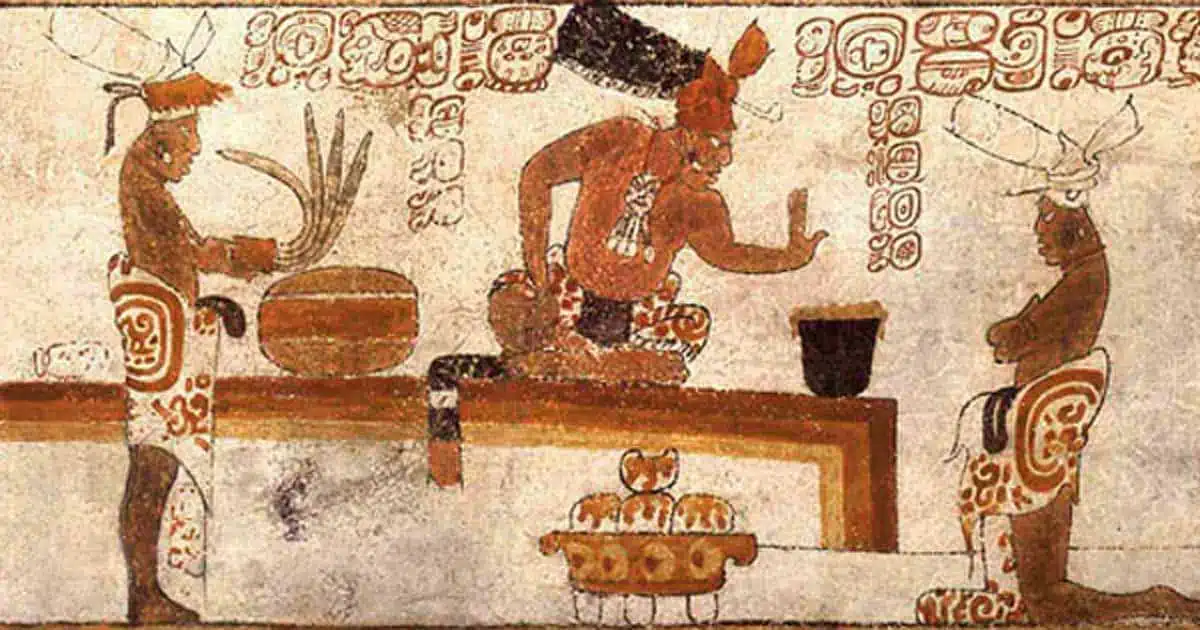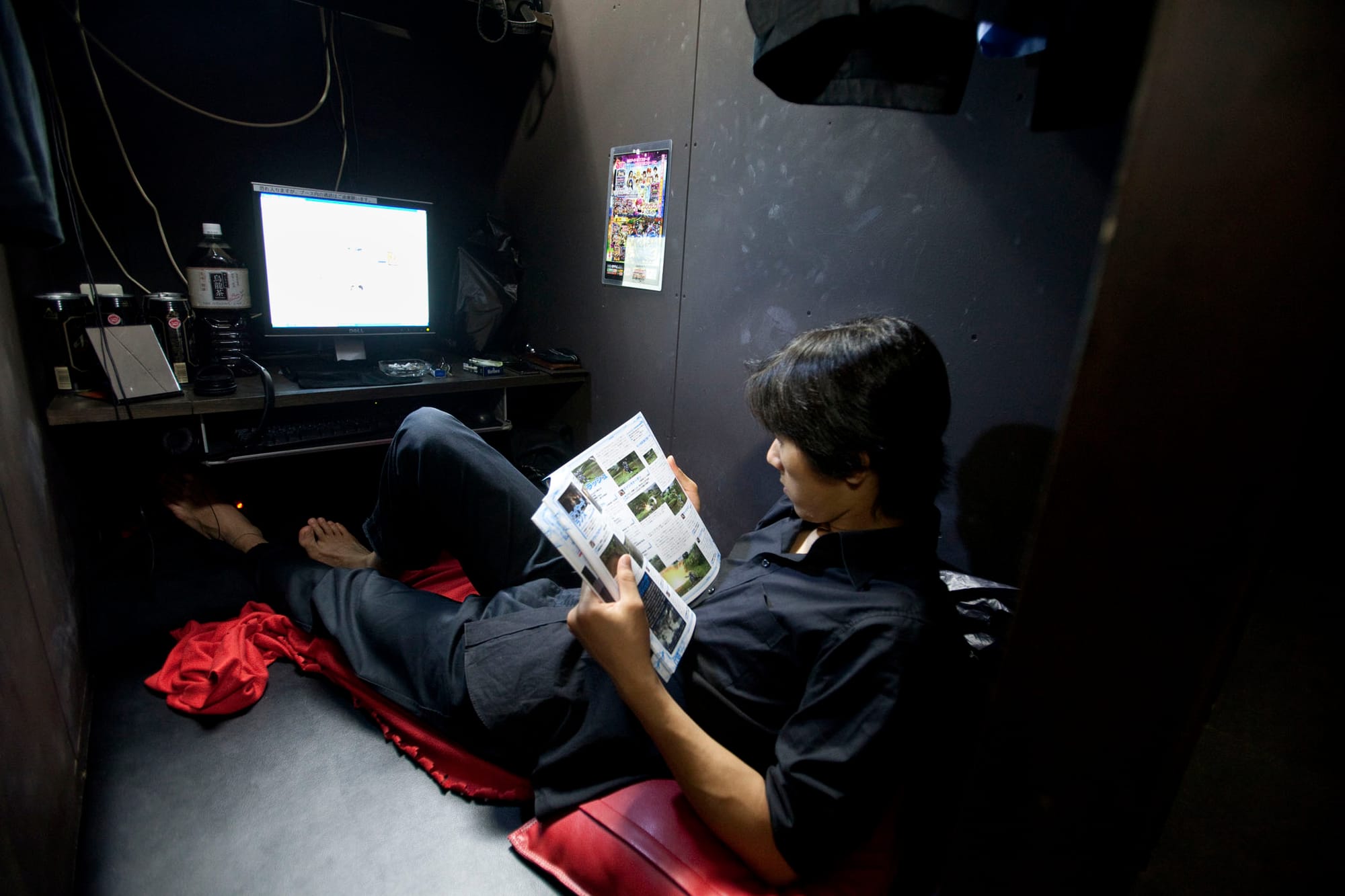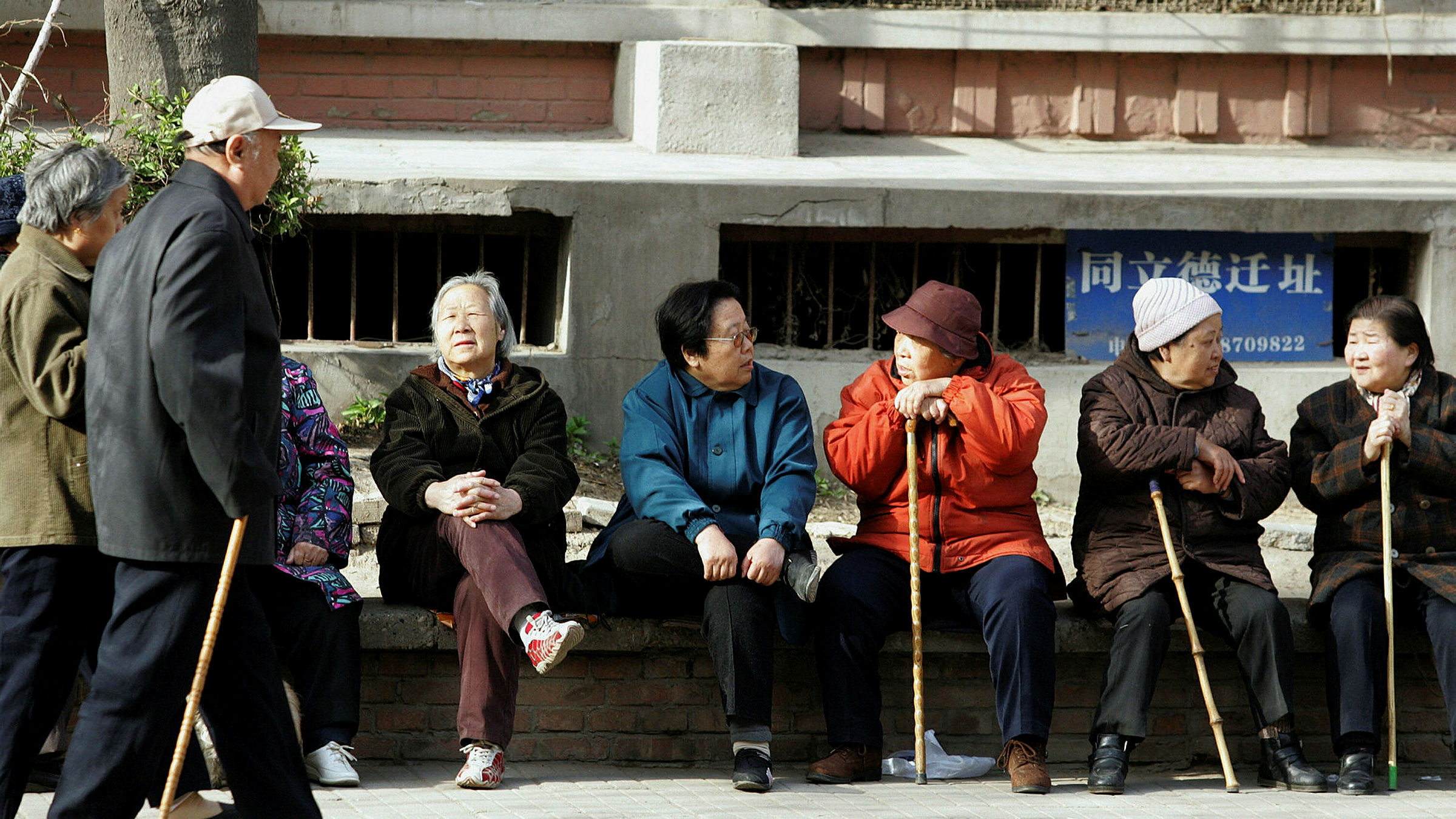In his book “Italian Dynasties”[1], Edward Burman describes how throughout Italian history, family dynasties have played an important role in shaping politics, society, culture. None more so than the Medici family who have been at the inner circle of the Italian banking system, politics and the Papal office since the Renaissance. At the height of their power in the 14th century, they were the wealthiest family in Europe. The Medici Bank enabled their political power and funded investment into the arts. Under the benevolent Lorenzo de Medici, they sponsored the greatest artists (Botticelli and Michelangelo) and academics (including Galileo and Machiavelli).
In the subsequent centuries, many other prominent Italian family dynasties emerged including the Visconti, the Sforza, and others. However, it was during the 20th Century, particularly in the post-War II period, that family-owned companies emerged as global leaders in automotive (Fiat, Ferrari), food (Barilla, Ferrero, Lavazza, Campari), media (Berlusconi, De Benedetti), and luxury (Fendi, Ferragamo) with some becoming the largest companies on the Milan Stock Exchange.[2]
This essay draws on academic research by Bocconi and other leading universities as well as primary interviews with leading Italian industrialists to explore the contribution of family businesses to the Italian economy and showcases the success of companies like Kiton in the luxury industry.
The Contribution of Family Companies to the Italian Economy:
Today family-owned businesses play a key role in the Italian Economy in terms of GDP, Employment and exports. Professors Baldi and Mancini identified 17,897 companies in Italy in 2021 with revenues over €20 million, of which 69.8% were family owned[3]. Furthermore, family owned companies employed 74.2% of total employees in Italy.
Further analysis by Professors Quarato and Salvato[4] using the AIDA data database over the 2013-2022 period, showed family owned companies experienced consistently higher revenue growth than companies with different ownership structures. In an in person interview, Gianfelice Rocc[5]a, CEO of Techint and former VP of Confindustria, emphasised “the critical role that family businesses play in the Italian economy, particularly their focus on sustainable growth, local job creation, and preserving the company's legacy for future generations.” Rocca also underscored that “these businesses are integral to Italy's economic fabric.”
The same data by Professors Quarato and Salvato’s[6] shows that the Return on Investment (“ROI”), a key benchmark for financial performance, of family businesses was consistently higher than that of non-family businesses over the last decade.
In an interview with Maurizio Tamagnini, CEO of FSI (the government backed Fondo Strategico Italiano)[7], he commented that “building on the tradition of ‘Made in Italy’, Italian companies tend to be export driven building international leadership in the 4 AAAA sectors: ‘Abbigliamento’ (clothing), ‘Agroalimentare’ (food), ‘Arredamento’ (furniture) and ‘Automobili’ (automobiles).”
The Italian Luxury Industry – A Case Study:
Since the Renaissance, Italy has built on its artistic heritage to give birth to the €1.5 trillion luxury goods industry[8], within which fashion is Italy’s third-largest industry (after automotive and industrial sectors), with an economic value of almost €100bn. According to data from Deloitte’s Global Powers of Luxury Goods 2022[9], Italy is the world’s leading producer of luxury goods in terms of number of companies, with 23 companies in the top 100 (8.3% of luxury goods sales). Area Studi Mediobanca[10], indicated that the 152 largest Italian fashion companies (with sales of at least €100 million) contributed 1.3% of national GDP in 2021.
It is important to note that 91 companies out of 152 (including 29 SMEs and 62 large companies) are family controlled including the likes of Prada (€3.4 bn of sales), Moncler and Giorgio Armani (€2bn each), Dolce & Gabanna (€1.3bn), Salvatore Ferragamo (€1.1bn); Tod’s (€0.9bn)[11] . These brands’ competitive advantage is reliant on the geographic proximity of a vast supply chain of 338,195 small companies employing 1 million people[12] clustered in 8 main regions: Lombardy, Veneto (jewellery and eyewear), Piedmont (textiles), Emilia-Romagna (clothing, hosiery), Tuscany (accessories, yarns, leather goods), Marche (footwear, hats), Campania (menswear, footwear) and Puglia (children’s clothing, wedding dresses).
In a face-to-face interview[13] with Antonio de Matteis, CEO of Kiton—a Naples-based brand renowned for its exceptional comfort and sophistication—he discussed how the Paone family successfully built a global luxury brand. It was “Created by Ciro Paone in 1968, and drawing on a long history of artisanal Naples tailoring, the family has shown uncompromising commitment to quality, sourcing the most rare and expensive fabrics (vicuna, cashmere), and hand making each garment over a 6 weeks. Unlike publicly listed companies that may prioritise short-term profits, the Paone family has always focused on long-term sustainability, investing through economic cycles and investing in its workforce through the creation of the largest tailoring school in Italy and paying its tailors the highest wages in Naples to ensure employee retention”.
Conclusion
In Conclusion, understanding the Italian economy requires analysing the role of family-owned companies within “Italy’s Mittelstand,” which are pivotal in driving GDP growth, employment, and exports. Kiton exemplifies how family ownership and a long-term vision can create a highly successful global luxury brand.
[1] Source: “Italian Dynasties: The Great Families of Italy from the Renaissance to the Present Day” by Edward Burman
[2] Source: “Corporate Italy Keeps it in the Family”, Financial Times, Rachel Sanderson in Milan October 26 2019
[3] Source: “Ecosistema start-up, PMI e aziende familiari in Italia: panorama attuale e opportunità legate a innovazione, finanziamenti e sostenibilità”. Prof. Francesco Baldi, Dott. Valerio Mancini Rome Business School
[4] Source: XV Editon of the AUB Observatory “CEO turnover in Italian Family Businesses: Threat or Opportunity?” by Fabio Quarato and Carlo Salvato 2024
[5][5] Source: In person interview with Gianfelice Rocca, CEO of Techint and VP Confindustria, conducted August 2024
[6] Source: XV Editon of the AUB Observatory “CEO turnover in Italian Family Businesses: Threat or Opportunity?” by Fabio Quarato and Carlo Salvato 2024
[7] Source: In person interview with Maurizio Tamagnini, CEO of FSI (Fondo Strategico Italiano), conducted August 2024
[8] Source: Bain & Company, “Global luxury market projected to reach €1.5 trillion in 2023, a new record for the sector, as consumers seek luxury experiences”, by Claudia D’Arpizio
[9] Source: Deloitte, “Global Powers of Luxury Goods 2022, A new wave of enthusiasm in luxury”. Giovanni Faccioli, Fashion & Luxury Market Leader
[10] Source: Area Studi Mediobanca, “Report sulle Maggiori Aziende Moda Italia - I numeri delle imprese e la voce dei protagonisti” (Ed. 2023)
[11] Source: Area Studi Mediobanca, Report “Le Maggiori Aziende Della Moda In Italia: Dopo Due Anni Di Spinta A Doppia Cifra, La Crescita Dei Ricavi Rallenterà Nel 2023” (Ed. 2023)
[12] Istituto Nazionale di Statistica (ISTAT): Italy’s Economic Outlook 2023-2024.
[13] In person interview with Antonio de Matteis in July 2024








